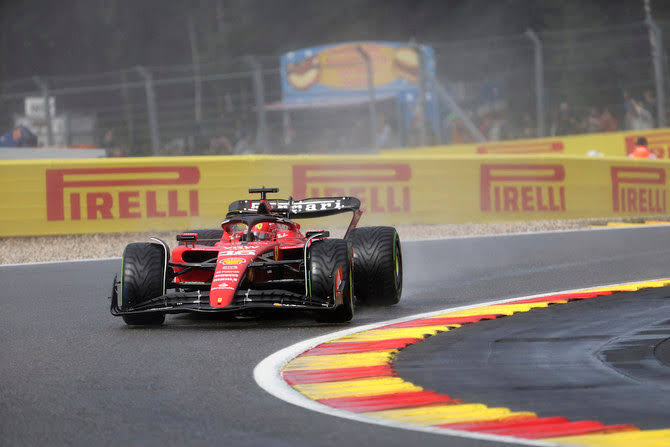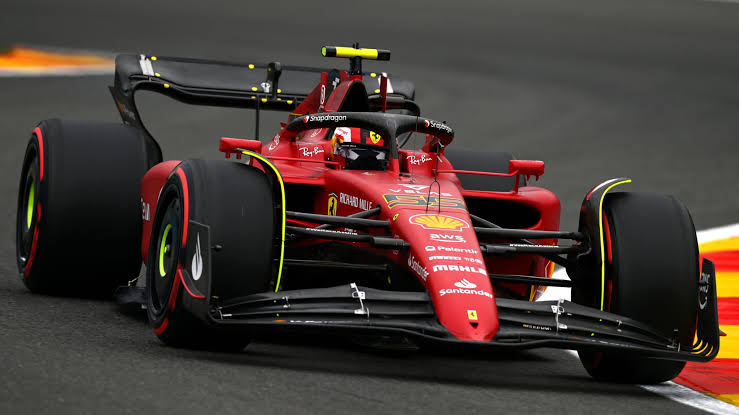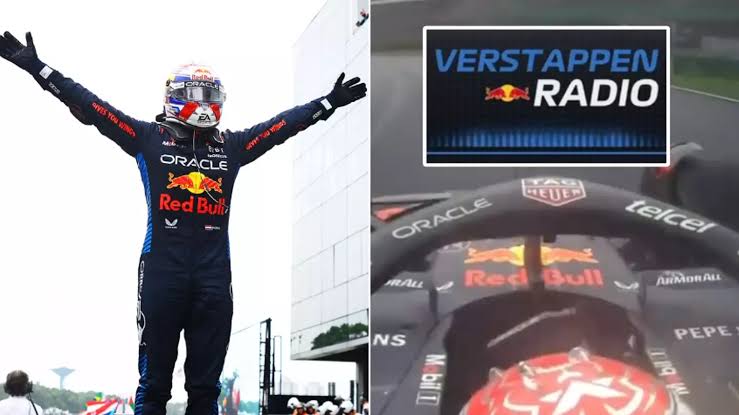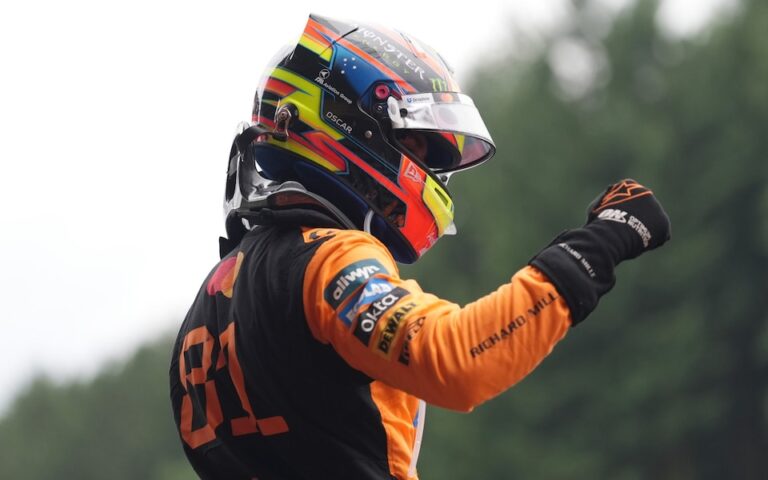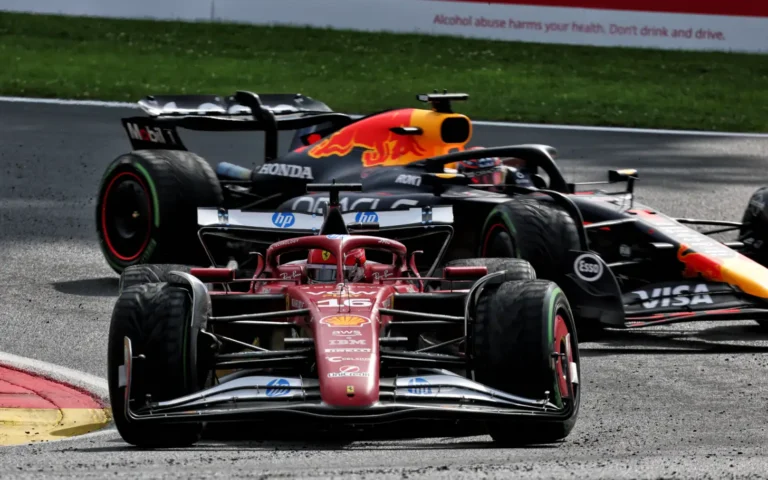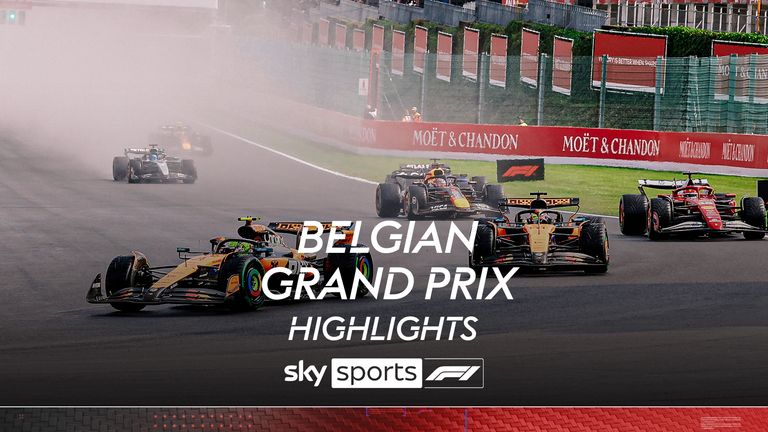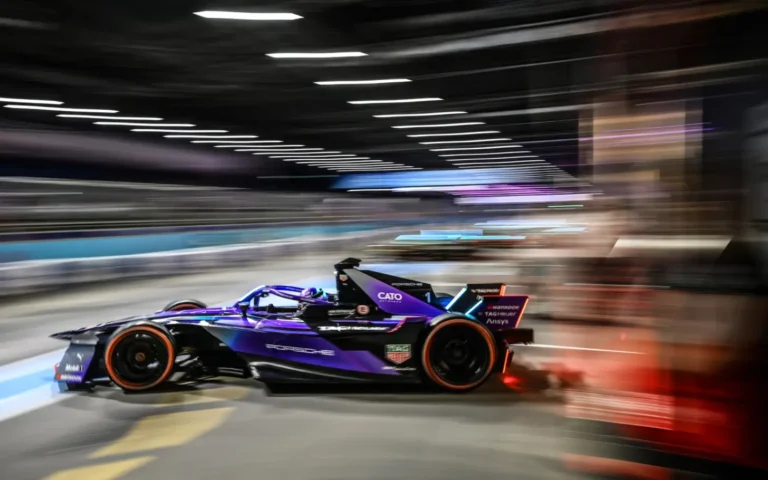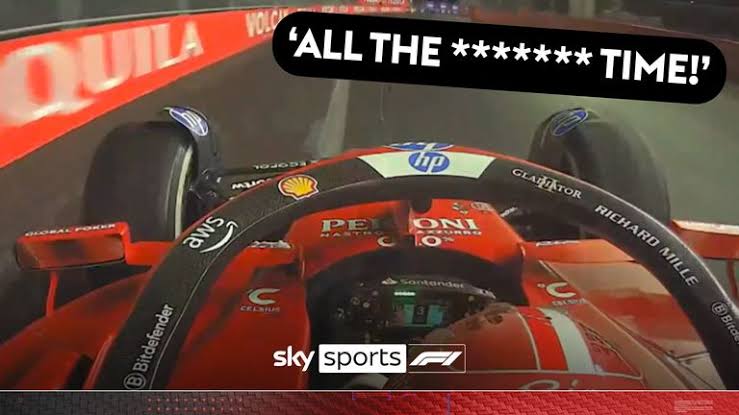
Race control procedures were dramatically suspended at the Belgian Grand Prix, sending shockwaves through the Formula 1 paddock and plunging the event into a state of uncertainty. The decision came after severe and unpredictable weather battered the Spa-Francorchamps circuit, rendering normal operations unsafe. The announcement was made just hours before lights out, with officials citing “critical safety concerns” as torrential rain and standing water compromised visibility and track grip.
The suspension of race control procedures is an extraordinary measure, typically reserved for extreme circumstances when marshals, medical teams, and race management cannot guarantee proper enforcement of safety regulations. Reports indicate that visibility had dropped to near zero on several sectors, while aquaplaning risks reached critical levels even behind the Safety Car. The FIA emphasized that no restart or continuation of procedural duties would occur until conditions stabilized, leaving teams and drivers in a holding pattern.
This development follows a weekend of weather-related chaos at Spa. Earlier, the FIA was forced to abandon the Formula 3 feature race after only two laps under Safety Car, with no points awarded. Formula 2 barely completed a shortened event, adding to concerns about the escalating situation. While the rain briefly eased, radar data suggested another band of storms approaching, making it impossible to predict when or if normal race operations could resume.
The suspension also disrupts strategic planning for several teams already facing setbacks. Ferrari’s Lewis Hamilton, Mercedes rookie Kimi Antonelli, and Aston Martin’s Fernando Alonso were set to start from the pit lane after power unit changes broke parc fermé regulations. With race control offline, even basic procedural checks and penalty enforcements were temporarily on hold, creating a highly volatile scenario for championship standings and race legality.
As the paddock braces for further updates, the atmosphere remains tense. Teams are reportedly in constant dialogue with FIA officials to understand contingency options, which may include race delay, cancellation, or a reduced-distance event under revised rules. For now, Formula 1’s most iconic yet treacherous circuit has once again lived up to its reputation for unpredictability, turning what should have been a thrilling showdown into a test of patience and crisis management.
